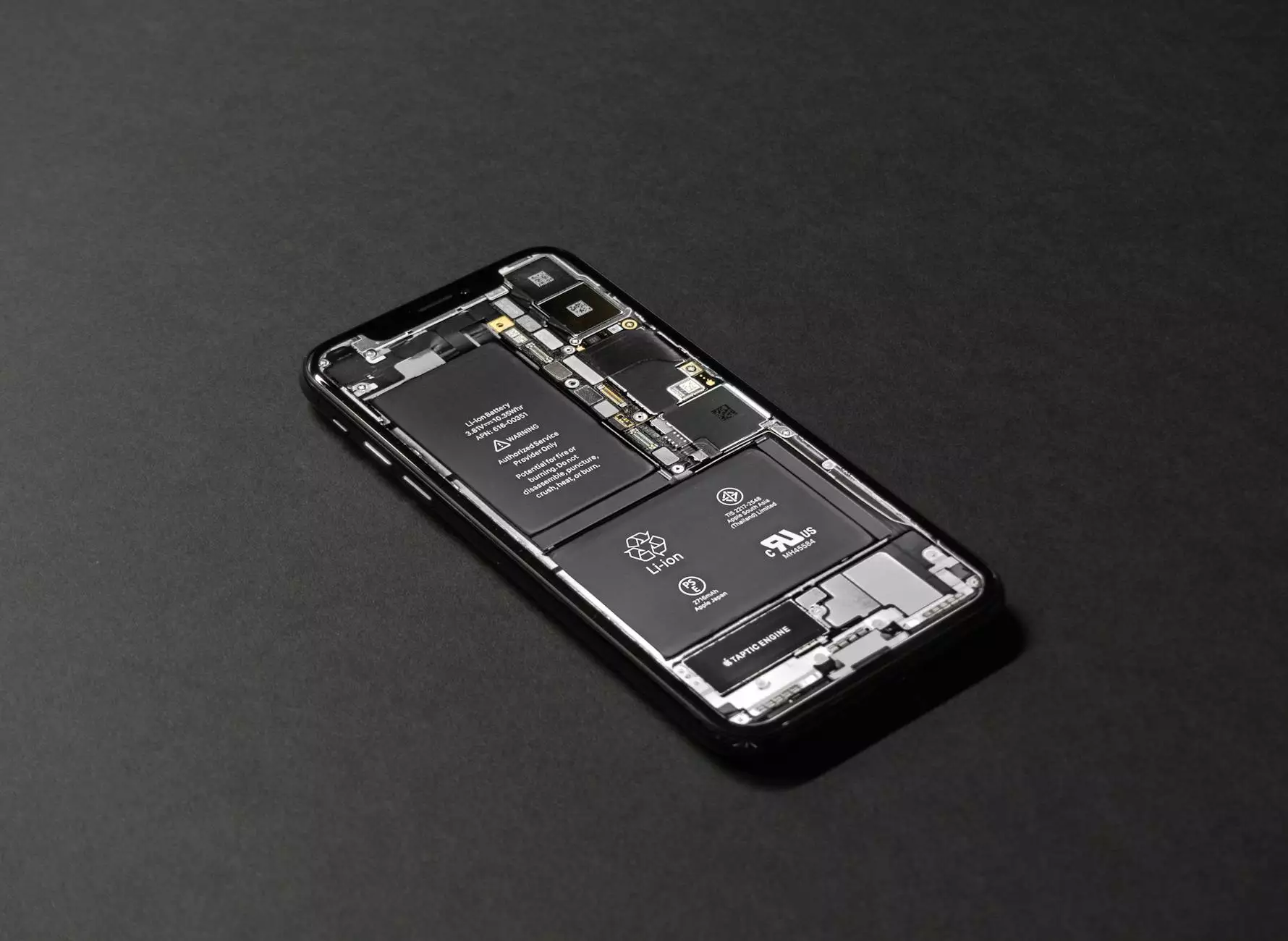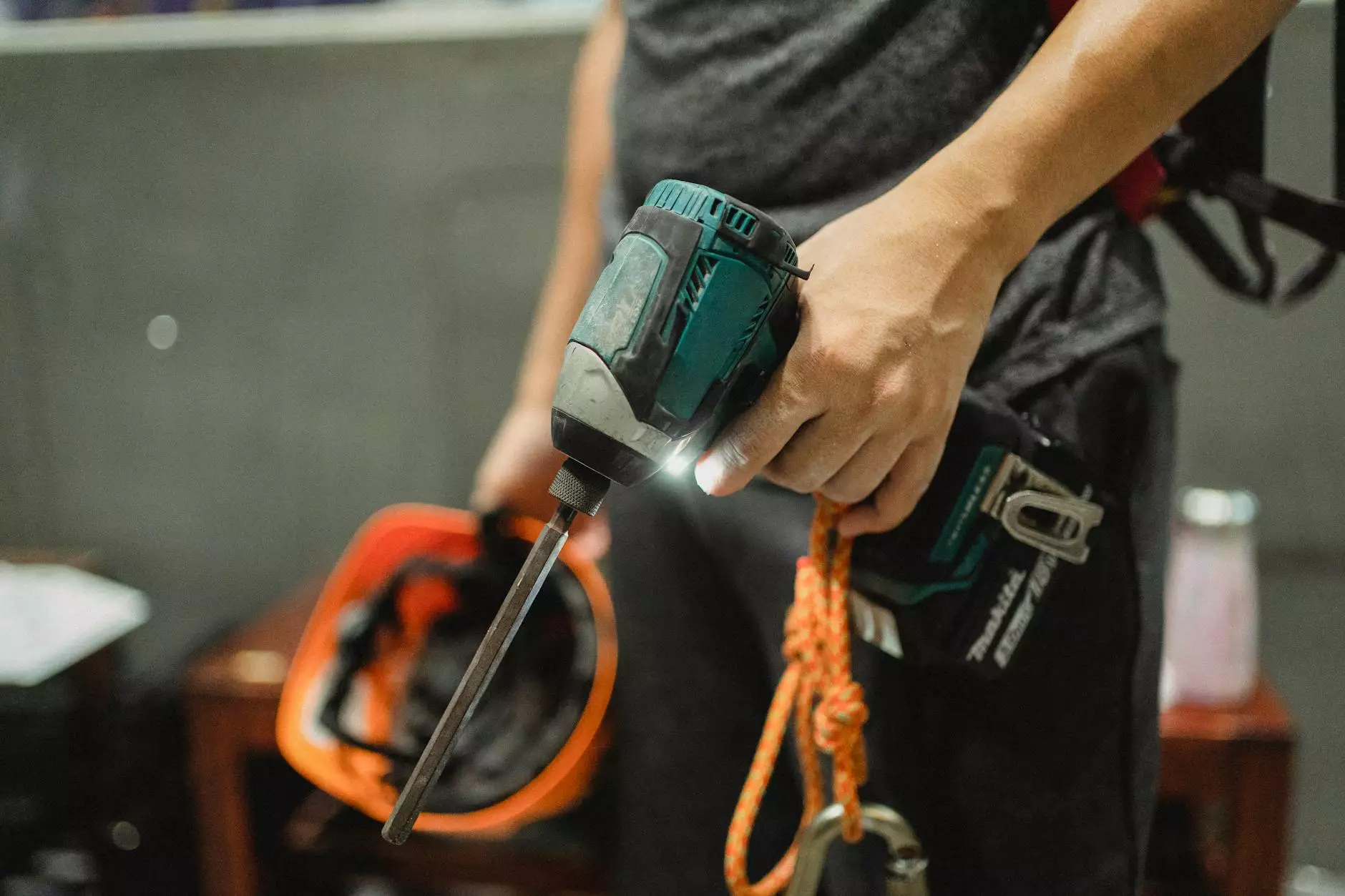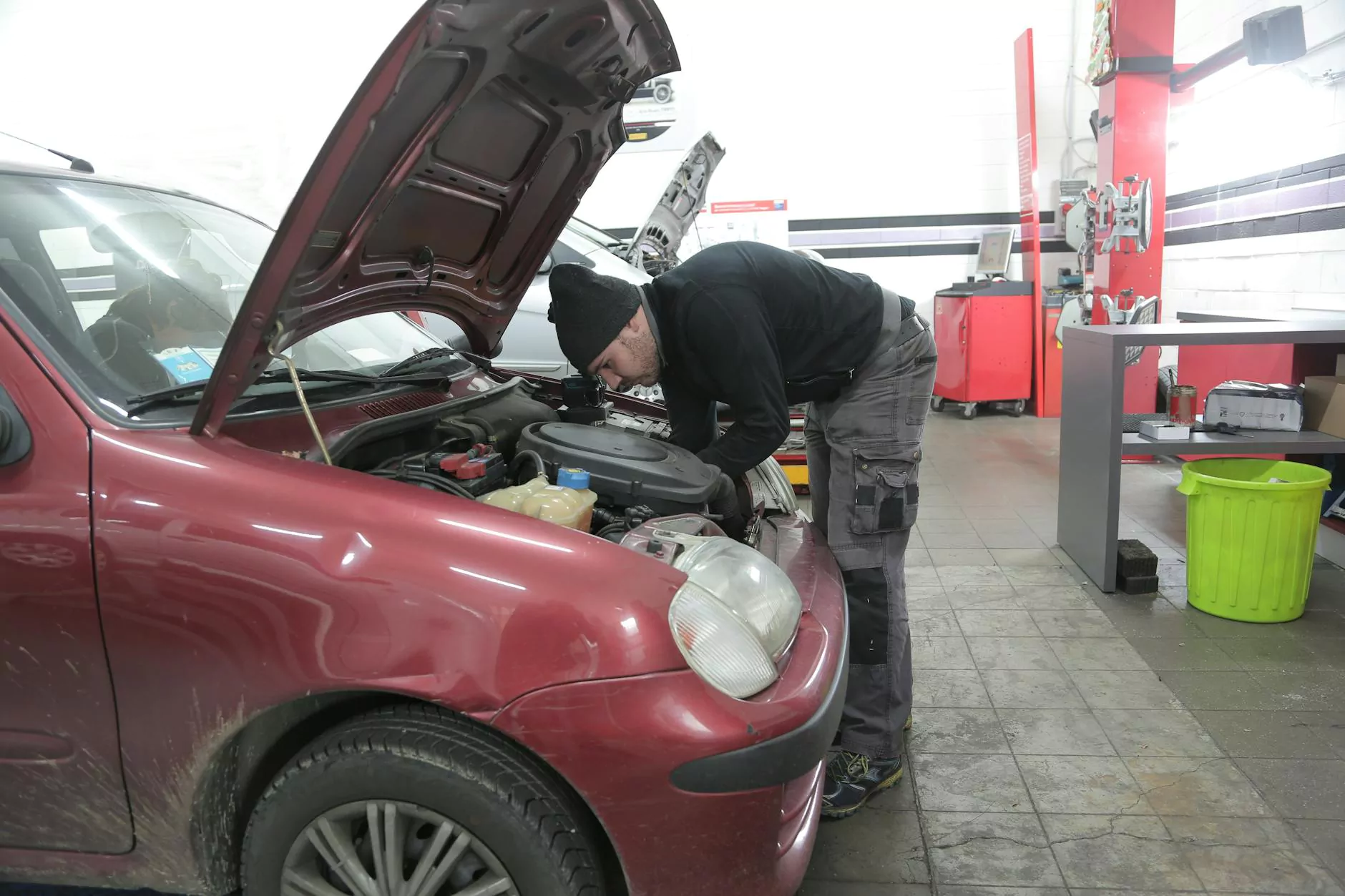How To Repair A Lawn Tractor Battery That Will Not Charge
Technology
Welcome to Screens Unlimited's comprehensive guide on repairing a lawn tractor battery that will not charge. As a leading provider of lawn and garden solutions, we understand the frustration and inconvenience that comes with a malfunctioning battery. In this guide, we will walk you through the troubleshooting and repair process, ensuring that you can get back to maintaining your lawn without any delays.
Understanding Lawn Tractor Batteries
Before diving into the troubleshooting steps, it is important to have a basic understanding of lawn tractor batteries. Lawn tractors typically use lead-acid batteries, which are known for their reliability and durability. These batteries store electrical energy needed to start the engine and power various components of the tractor. However, like any other battery, they can experience issues over time.
Troubleshooting Common Battery Charging Issues
If your lawn tractor battery is not charging, there are several factors that could be causing the problem. Let's explore some of the most common issues and how to troubleshoot them:
1. Check Battery Connections
The first step is to inspect the battery connections. Ensure that the cables are securely connected to the terminals and are free from corrosion or damage. If you notice any corrosion, use a wire brush to clean the terminals and cables.
2. Test Battery Voltage
Using a multimeter, you can test the voltage of your lawn tractor battery. A fully charged battery should read around 12.6 volts. If the voltage is significantly lower, it may indicate a weak or discharged battery that needs recharging or replacement.
3. Examine Charging System Components
There are several components that make up the charging system of your lawn tractor, including the alternator, voltage regulator, and wiring. Inspect these components for any signs of damage or wear. Additionally, check the wiring connections to ensure they are secure.
4. Test Charging System Output
With the engine running, use a multimeter to test the charging system's output. Connect the multimeter leads to the battery terminals and observe the voltage reading. A healthy charging system should output around 13.8-14.4 volts. If the reading is significantly lower or higher, it may indicate a problem with the charging system.
5. Inspect Belt and Pulleys
The belt and pulleys in the lawn tractor's charging system are responsible for transferring power from the engine to the alternator. Inspect the belt for any signs of wear, such as cracks or fraying. Similarly, check the pulleys for misalignment or damage. Replace any faulty components as necessary.
6. Recharge or Replace the Battery
If all the above steps have been followed and the battery is determined to be the issue, you have two options. You can either recharge the battery using an appropriate charger or consider replacing it with a new one. Consult the manufacturer's guidelines for optimal charging procedures and battery specifications.
Expert Tips and Precautions
Here are some additional tips and precautions to keep in mind during the repair process:
- Always wear protective gloves and eyewear when handling batteries.
- Ensure proper ventilation when working with batteries, as they can emit potentially dangerous gases.
- Refer to your lawn tractor's manual or consult a professional if you encounter any difficulties during the repair process.
- Regularly maintain your lawn tractor's battery by keeping it clean, securely fastened, and free from corrosion.
Conclusion
We hope this guide has provided you with the necessary knowledge and steps to repair your lawn tractor battery that will not charge. Screens Unlimited is dedicated to helping you maintain your lawn and garden effortlessly. If you require further assistance or have any questions, do not hesitate to contact our knowledgeable team. Let us help you get back to enjoying a beautifully manicured lawn with a fully functional battery!




